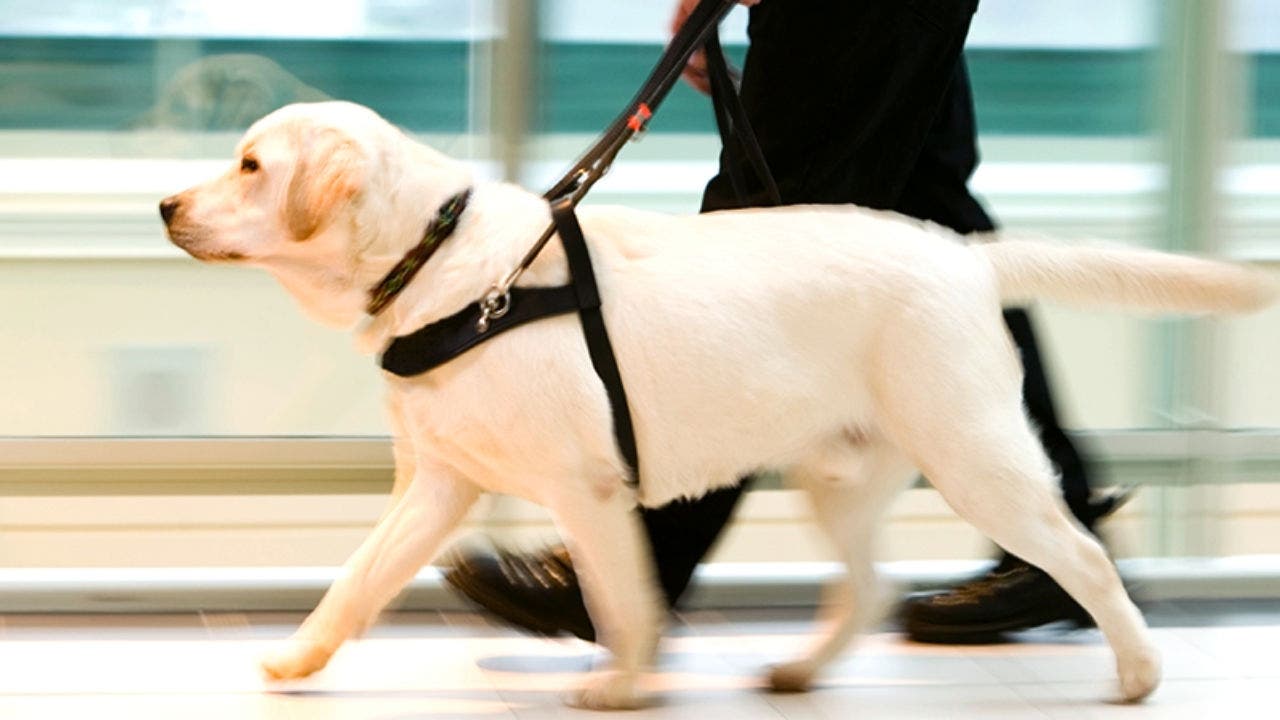Traveling with service animals
Take your service dog with you on board with no additional cost.
Take your service dog with you on board with no additional cost.
Booking this service is completely free, however, we recommend that you request it at least 48 hours before your flight as it involves booking specific seats on our planes. To do so, you must rfill out this form, go to a TAP counter at the airport or contact us. Before proceeding with your booking, please check this page for all the information regarding rules, requirements and documents. Please note that the service we provide is subject to certain acceptance criteria and conditions and is not permitted for seats located at the emergency exits.

Travel with greater peace of mind. Secure free transportation for your service dog by filling out the form with your special assistance request.
In order to guarantee the safety and well-being of all passengers and other animals that may be on board, service dogs must be transported under the following conditions:
Service dogs are generally transported in the cabin. However, there are exceptions where, for security reasons, they may have to travel in the aircraft's hold (due to their size, for example). In these cases, they are accepted on the aircraft's hold free of charge, but require the use of a suitable container for transport, which you must secure yourself.
TAP Air Portugal reserves the right to refuse acceptance if the animal shows obvious signs of illness, aggression, lack of hygiene or any other abnormal characteristic that could impact flight safety.
TAP complies with the following regulations in force:
- EU Regulation No.1107/2006 of July 5th, 2006, on the rights of passengers with reduced mobility.
- Code of Federal Regulation, U.S. DOT Chapter 382, effective May 13th, 2009, applicable to passengers traveling to/from the U.S.